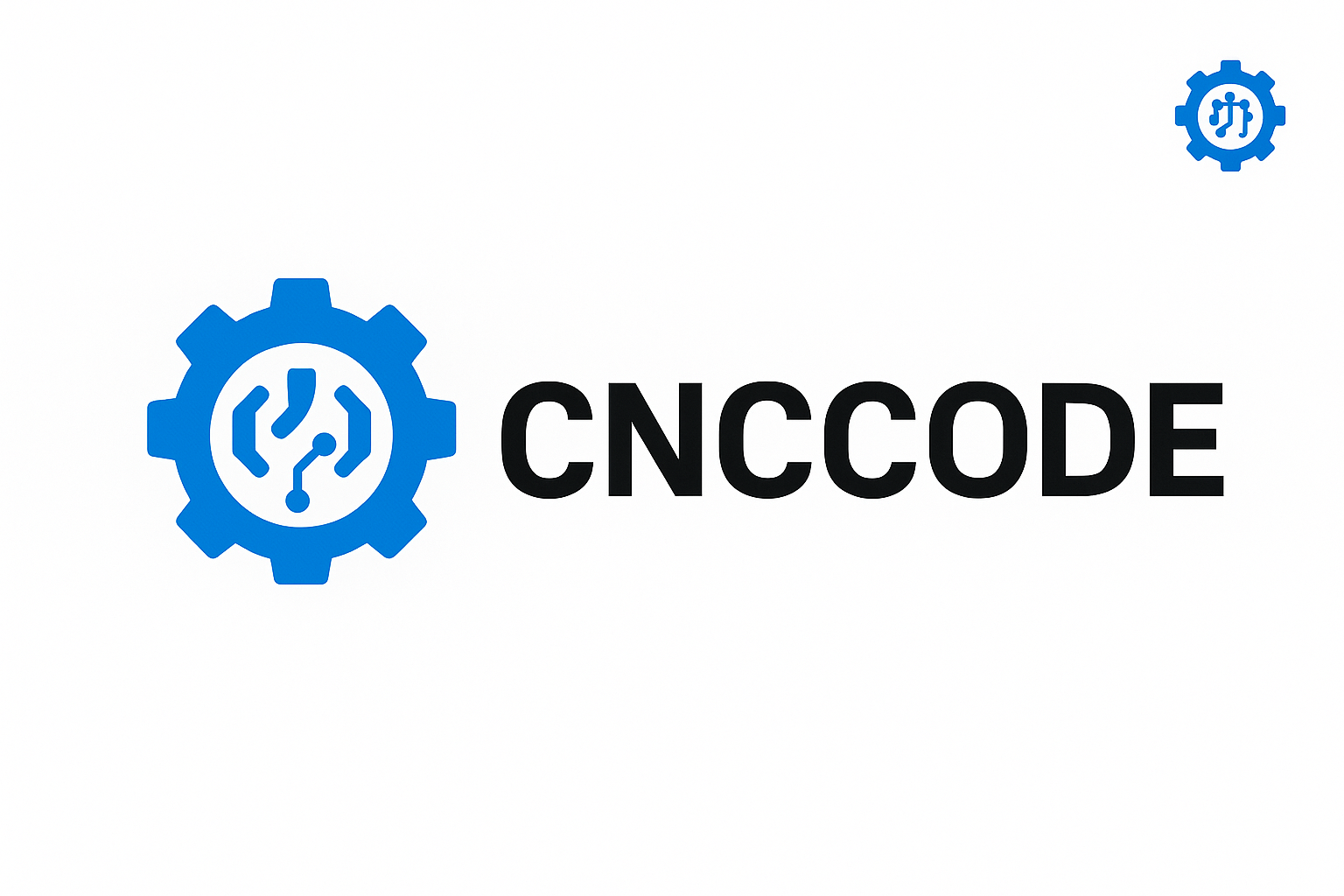Learn CNC programming from scratch with this complete beginner-friendly guide. Includes real-world G-code samples, syntax breakdown, tips for GRBL, Fanuc, and Siemens controllers. Optimize your programs, avoid crashes, and produce accurate parts.
CNC Programming 101: Complete Beginner’s Guide with Real G-Code Examples
Are you new to CNC programming? Whether you’re a hobbyist using GRBL or a machinist working on a Fanuc controller, this guide will walk you through the core concepts of CNC programming—starting with the basic program structure, essential G-code commands, and working up to real-world examples you can test today.
📦 What is CNC Programming?
CNC programming is the process of writing instructions (usually in G-code) that tell a CNC machine how to move, what tools to use, and how fast to operate. These instructions control milling, turning, drilling, cutting, engraving, and more.
🧱 Basic CNC Program Structure
“`gcode
O1000 (Program number)
G21 G90 G17 (Set mm, absolute, XY plane)
G0 Z5 (Safe retract)
G0 X0 Y0 (Move to start)
M03 S1200 (Spindle ON at 1200 RPM)
G1 Z-1.5 F150 (Feed down)
G1 X50 Y0 F200 (Linear cut)
G1 X50 Y50 (Continue cut)
G0 Z5 (Retract)
M05 (Spindle OFF)
M30 (End of program)
| Code | Function |
|---|---|
| G21 | Metric mode (mm) |
| G90 | Absolute coordinates |
| M03 | Spindle ON clockwise |
| G1 | Linear feed motion |
| M30 | End of program |
⚙️ Absolute vs. Incremental Programming
- G90 = Absolute Mode (all positions relative to origin)
- G91 = Incremental Mode (each move is relative to current location)
G90
G0 X10 Y10 ; Move to X10 Y10 from origin
G91
G0 X10 Y0 ; Move +10mm from current position
🛠️ Real G-Code Example – Pocket Milling
(2D Pocket Milling)
G21 G90 G17
G0 Z5
G0 X10 Y10
M03 S1000
G1 Z-3 F120
G1 X60
G1 Y40
G1 X10
G1 Y10
G0 Z5
M05
M30
This program mills a 50×30 mm rectangular pocket 3mm deep starting at X10 Y10.
📊 Feedrate & Spindle Speed Tips
| Material | RPM | Feedrate (mm/min) |
|---|---|---|
| Aluminum | 8000–12000 | 300–800 |
| MDF/Wood | 12000–18000 | 1000–2000 |
| Steel | 500–1500 | 100–300 |
📐 Coordinate Systems (G54–G59)
These G-codes define different work coordinate systems (WCS). G54 is typically the default. Each offset allows you to define a new 0-point for a specific operation.
G54 ; Use first offset
G0 X0 Y0 ; Move to WCS origin
🚫 Common Mistakes to Avoid
- ❌ Forgetting to retract Z before rapid moves (crashes!)
- ❌ Missing M03 = spindle doesn’t turn on
- ❌ Using G02/G03 without setting I/J or R (arc errors)
- ❌ Mismatched units (G20 vs G21 confusion)
📚 Sample CNC Program Library (Downloadable)
- Circle cutting – G02/G03 based round paths
- Thread milling – advanced helical toolpaths
- Engraving scripts – multi-line nameplate engravings
Visit cnccode.com/sample-programs for the full library.
🧠 Pro Tips
- Always simulate your code before running
- Use comments generously – helps debugging
- Use subprograms (M98/M99) to reuse code blocks
Conclusion
Learning CNC programming is an investment that pays off in precision, speed, and confidence at the machine. Bookmark cnccode.com for advanced G-code tutorials, downloadable examples, and CNC programming tips updated regularly for 2025 and beyond.
“`

Leave a comment